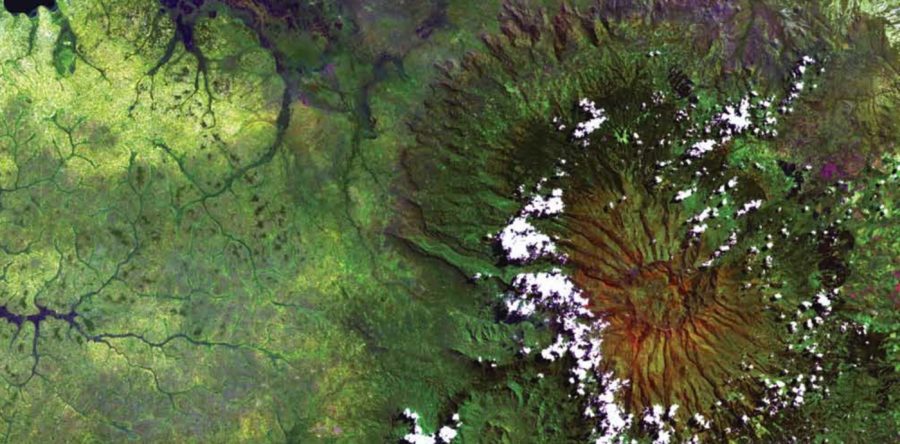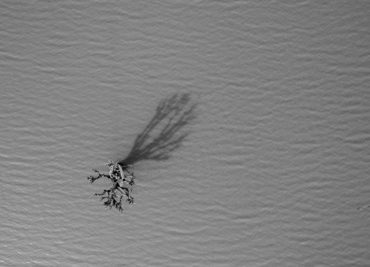This article assesses poaching in the Mount Elgon trans-boundary eco-system. The study employed a social survey research design. One hundred households were sampled and interviewed using questionnaires. Secondary data was collected from KWS and UWA wildlife offices and key informants in Kenya and Uganda. Household survey results showed that the wildlife class mostly targeted in poaching is mammals. Traditional weapons are still dominant in poaching. Use of firearms occurs mainly when the target is large animals. The main drivers of poaching within the study area were need for a protein source, need for income and cultural beliefs and attachment. Human-wildlife conflict was also found to be a driver of poaching. Poaching within the study area takes place in both the core zone and the buffer zone. Poaching in the buffer zone occurs when wildlife come out of the core zone to raid farms.
3 – Poaching in the Mount Elgon trans-boundary ecosystem








